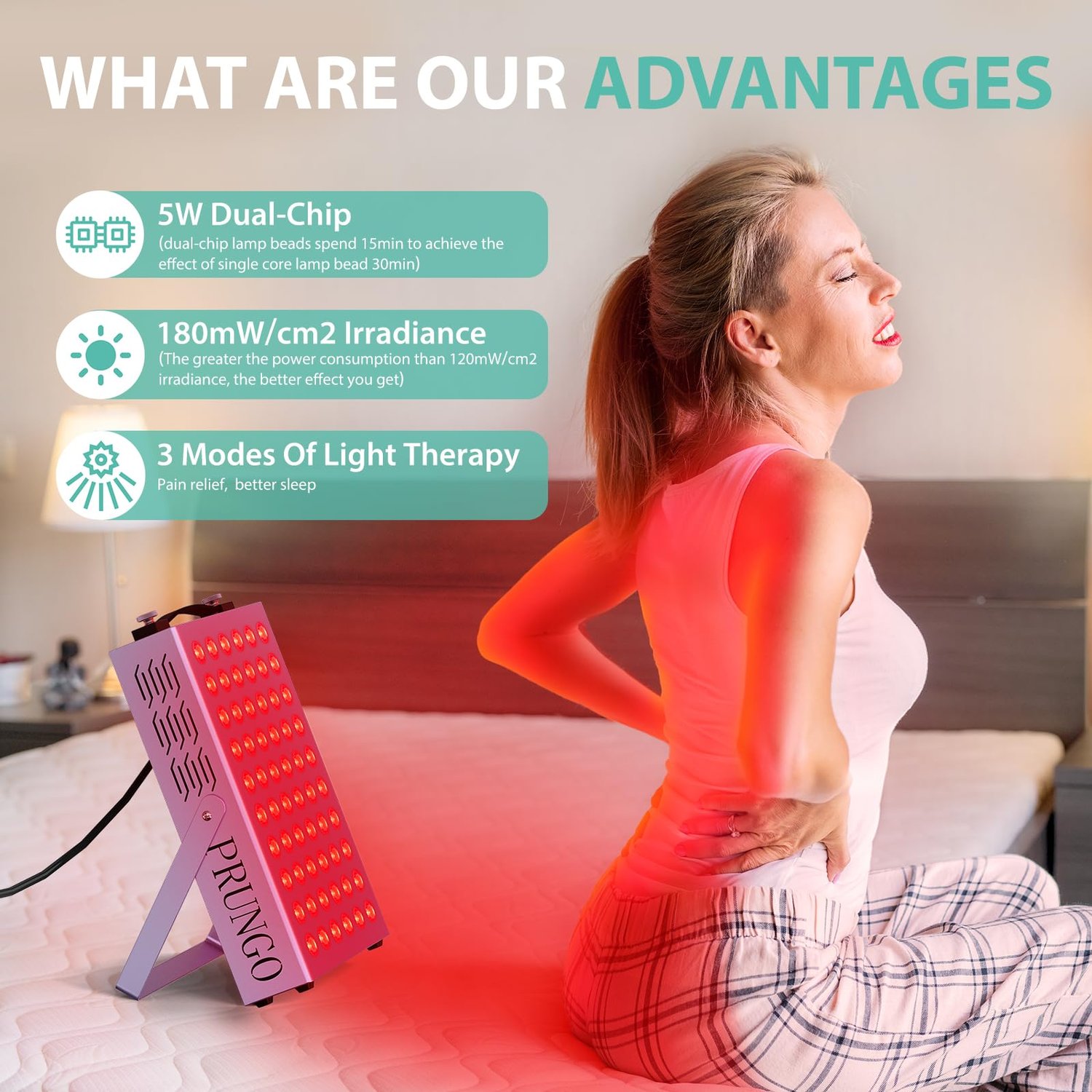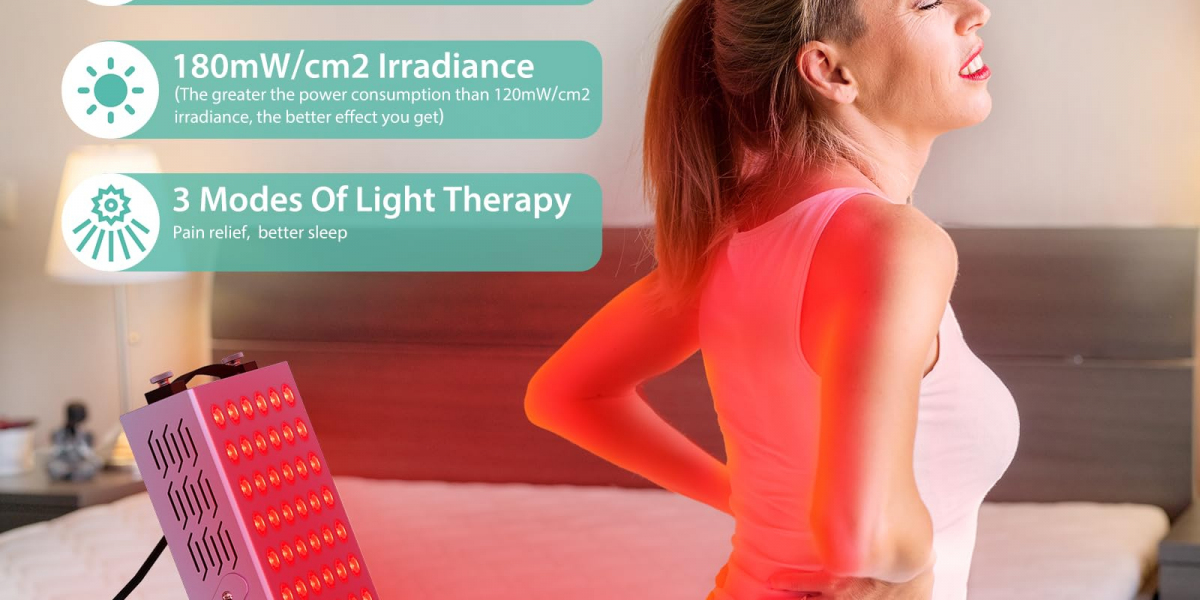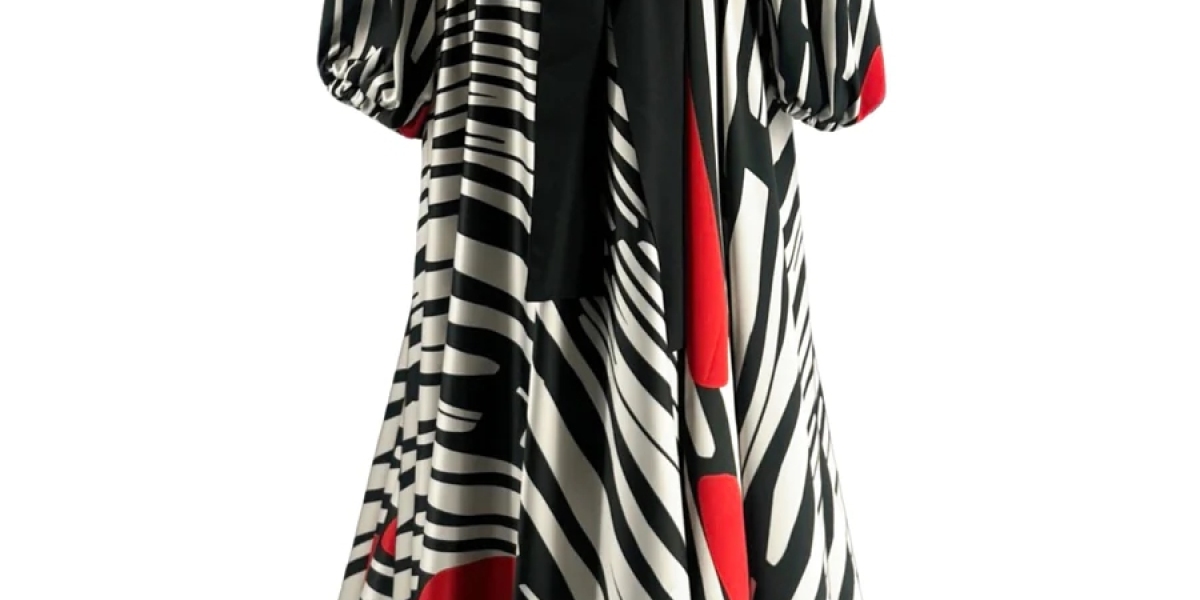Red light therapy (RLT) is gaining traction as an effective treatment for various health and beauty concerns, including skin rejuvenation, pain relief, and improved muscle recovery. With a plethora of red light therapy devices available for home use, it can be challenging to choose the right one. This article will guide you through the essential factors to consider when selecting a red light therapy device to ensure you make an informed and beneficial choice.

Understanding Red Light Therapy
Before diving into the specifics of choosing a device, it’s important to understand what red light therapy is and how it works. RLT utilizes low levels of red and near-infrared light, typically between 600 and 880 nanometers. This light penetrates the skin to stimulate cellular activity, promoting healing, reducing inflammation, and improving skin health.
Benefits of Red Light Therapy
Skin Rejuvenation: Reduces wrinkles, fine lines, and acne scars.
Pain Relief: Alleviates chronic pain and inflammation.
Hair Growth: Stimulates hair follicles, helping combat hair loss.
Muscle Recovery: Aids in faster recovery post-exercise.
Improved Mood and Sleep Quality: Regulates circadian rhythms and enhances overall well-being.
Key Factors to Consider
1. Wavelengths
The effectiveness of red light therapy largely depends on the wavelengths emitted by the device. Most beneficial wavelengths are between:
Red Light: 600 to 650 nanometers
Near-Infrared Light: 800 to 880 nanometers
When selecting a device, ensure it provides both red and near-infrared light, as they target different layers of the skin and offer various therapeutic benefits.
2. Power Output
Power output, often measured in milliwatts per square centimeter (mW/cm²), is a critical factor that influences the effectiveness of the therapy. A higher power output generally means shorter treatment times and more effective results. Look for devices that offer at least 100 mW/cm² for optimal outcomes.
3. Treatment Area
Consider the size of the treatment area you wish to target. Some devices are designed for small areas, such as the face, while others can cover larger body parts.
Types of Devices:
Handheld Devices: Ideal for targeted treatments, such as acne scars or joint pain.
Panels: Cover larger areas and are great for full-body treatments.
Masks: Specifically designed for facial treatments, these can provide comprehensive coverage for skin rejuvenation.
4. Device Design and Portability
Evaluate the design of the device for ease of use. If you plan to use the device frequently, consider its weight, size, and portability. Lightweight, portable devices are more convenient for travel or storage, while larger panels might require dedicated space.
5. Ease of Use
Select a device with user-friendly features, such as adjustable settings for time and intensity, built-in timers, and simple controls. Many devices also come with helpful accessories like protective goggles to shield your eyes from bright light.
6. Safety Features
Safety should be a top priority when choosing a red light therapy device. Look for devices that are FDA-cleared or CE-certified, indicating they meet specific safety and efficacy standards. Some additional safety features to consider include:
Automatic Shut-Off: Prevents overheating and overexposure.
Eye Protection: Ensures your eyes are protected during treatment sessions.
7. Treatment Time and Frequency
Different devices may recommend varying treatment times and frequencies. While some may require shorter sessions more frequently, others might recommend longer sessions less often. Be sure to choose a device that aligns with your lifestyle and treatment goals.
8. Cost and Warranty
Red light therapy devices can vary significantly in price. While it might be tempting to choose the cheapest option, investing in a high-quality device can lead to better results and durability. Additionally, check for warranties or satisfaction guarantees, as reputable manufacturers often stand behind their products.
9. Customer Reviews and Recommendations
Before purchasing a device, take the time to read customer reviews and testimonials. These insights can provide valuable information about real-world effectiveness, durability, and user satisfaction. Look for reviews on reputable platforms and consider reaching out to communities or forums dedicated to red light therapy for additional insights.
10. Consultation with a Healthcare Professional
If you have specific health concerns or conditions, it may be beneficial to consult with a healthcare professional before investing in a red light therapy device. They can provide personalized recommendations and help you understand how RLT might benefit your specific situation.
Conclusion
Choosing the right red light therapy device for home use involves careful consideration of several factors, including wavelengths, power output, treatment area, and ease of use. By understanding these key elements and assessing your personal goals and needs, you can select a device that will effectively enhance your health and well-being. As you embark on your red light therapy journey, remember to be consistent with your treatments and combine them with a healthy lifestyle for the best results. Investing in a quality red light therapy device can be a transformative addition to your wellness routine, unlocking the myriad benefits of this innovative therapy.









